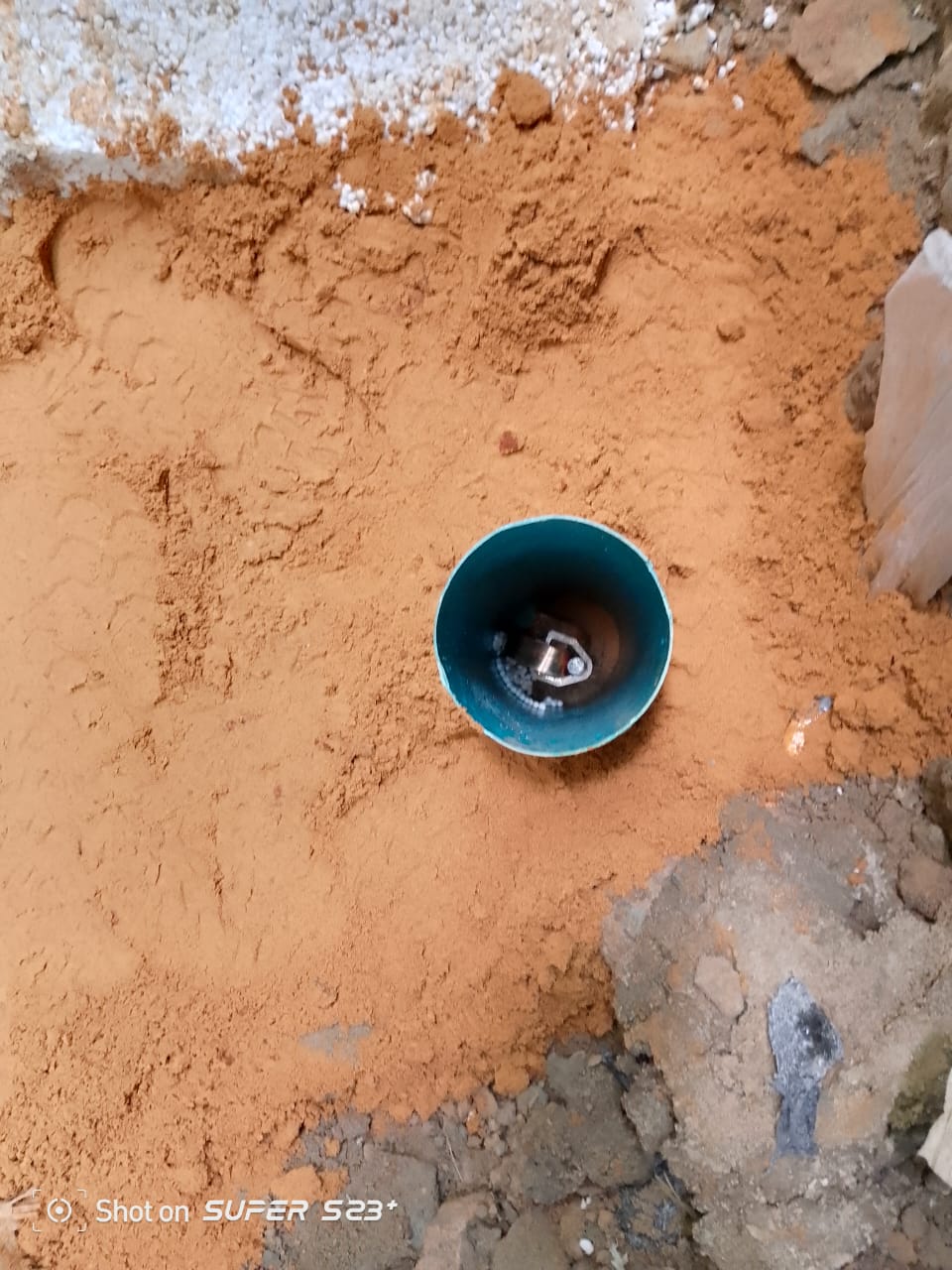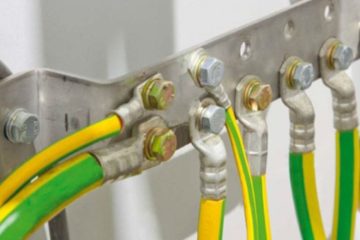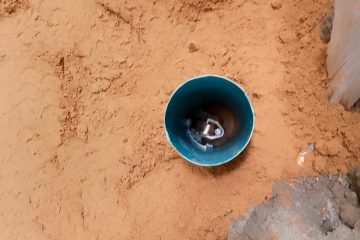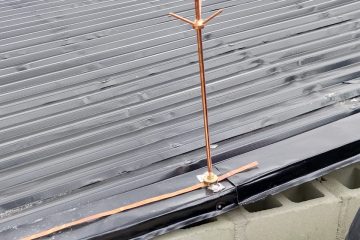In the world of electrical engineering, safety is paramount. One of the key components of ensuring electrical safety and the seamless operation of electrical systems is Electrical Earthing (also known as Grounding). This fundamental process is essential for protecting both human lives and equipment from the dangers posed by electrical faults, static charges, and lightning strikes.
At Just HardRich Global Resources Limited, Nigeria’s choicest Electrical Power and Control Engineering Company, we specialize in offering state-of-the-art solutions for earthing and grounding. We employ cutting-edge tools, innovative methods, and expert craftsmanship to ensure safety, compliance, and efficiency in all electrical systems we work on.
Let’s explore this topic in detail, including the methods, types, installation processes, and why earthing is critical for modern electrical systems.
What is Electrical Earthing or Grounding?
Electrical Earthing, also referred to as Grounding, is the process of connecting the non-current-carrying parts of an electrical system (such as metallic components of appliances, machines, and installations) to the Earth’s conductive surface using conductors, electrodes, or rods. This ensures that excess electrical energy, leakage current, or static charge is safely discharged into the ground, eliminating potential hazards.
This practice is not just a precaution but an absolute necessity to prevent:
- Electric shocks caused by contact with live metal parts.
- Equipment damage due to voltage surges or insulation breakdowns.
- Electrical fires resulting from uncontrolled current leakage.
Whether it’s homes, industries, or large-scale power plants, earthing remains a critical part of electrical installations. At Just HardRich Global Resources Limited, we tailor earthing solutions to the specific requirements of each project, ensuring optimal performance and compliance with global standards such as NEC, IEC, and Nigerian electrical codes.
Why is Earthing Important?
The importance of electrical earthing cannot be overstated. It plays a vital role in:
- Protecting Lives: Proper earthing prevents electric shocks by discharging leakage current safely into the ground.
- Maintaining Voltage Stability: Earthing keeps the voltage within safe limits, especially during faults, ensuring the stability of healthy phases in electrical systems.
- Fire Prevention: Leakage current or electrical faults can generate heat, which may lead to fires. Earthing eliminates this risk.
- Lightning Protection: Earthing systems act as a safeguard against lightning strikes, channeling high-voltage energy safely into the Earth.
- Equipment Longevity: By eliminating over-voltages and static charges, earthing ensures the durability of electrical equipment and appliances.
At Just HardRich Global Resources Limited, we ensure that every earthing system is meticulously designed and installed to meet these safety objectives.
Methods of Electrical Earthing
Earthing methods differ based on the installation type, soil resistivity, and system requirements. Below are the main methods of electrical earthing, expanded with insights from industry trends and advanced tools used by Just HardRich Global Resources Limited:
1. Plate Earthing
This method involves burying a metallic plate (usually made of copper or galvanized iron) in the ground at a prescribed depth, surrounded by a mixture of charcoal and salt to enhance conductivity.
- Applications: Commonly used in residential and commercial buildings.
- Advantages: Provides reliable earthing for medium-sized installations.
- Innovation: At Just HardRich, we use advanced resistivity meters to ensure precise placement of plates for optimal conductivity.
2. Pipe Earthing
In this method, a galvanized iron (GI) or copper pipe is buried vertically into the ground and connected to the electrical installation. This is one of the most widely used earthing methods due to its simplicity and cost-effectiveness.
- Applications: Suitable for small-scale and industrial installations.
- Trends: Modern earthing pipes are now coated with anti-corrosion materials for enhanced durability.
3. Rod Earthing
Rod earthing involves driving a rod (copper or galvanized steel) deep into the ground. This method is often used in areas with rocky or sandy soil where other methods may not be effective.
- Applications: Ideal for high-voltage installations and areas prone to lightning.
- Innovation: Advanced rod-driving equipment, such as pneumatic hammers, ensures faster and more efficient installations at Just HardRich.
4. Strip Earthing
This involves laying a strip or wire of metal (usually copper or aluminum) in a horizontal trench to create an earth connection.
- Applications: Commonly used in substations and large industrial setups.
- Trends: Conductive coatings on strips are gaining popularity to reduce resistance and improve performance.
5. Chemical Earthing
Chemical earthing uses a backfill compound (a mixture of chemicals) to reduce soil resistivity and improve conductivity around electrodes.
- Applications: Frequently used in areas with poor soil conductivity.
- Trends: Eco-friendly compounds are being developed to minimize environmental impact. At Just HardRich, we ensure compliance with environmental regulations when implementing chemical earthing solutions.
Types of Electrical Earthing
Electrical earthing can be classified based on the connection type and purpose. Here’s a detailed breakdown:
1. Equipment Earthing
This involves connecting the metallic parts of electrical appliances (such as casings and enclosures) to the earth.
- Purpose: To prevent electric shock if the metal casing becomes live due to a fault.
- Application Example: Earthing the casings of motors and generators in factories.
2. Neutral Earthing
In this type, the neutral point of a supply system (e.g., in transformers or generators) is connected to the Earth.
- Purpose: To stabilize the voltage during faults and prevent over-voltages.
- Example: Common in power distribution systems to protect equipment and personnel.
3. Lightning Protection Earthing
This type involves connecting lightning arresters to the earth to safely discharge high-voltage surges caused by lightning strikes.
- Innovation: Just HardRich uses precision surge counters and advanced materials to ensure maximum safety in lightning-prone areas.
Installation of Earthing Systems
Installing an earthing system requires careful planning and execution. At Just HardRich Global Resources Limited, we follow a structured process to ensure safety and compliance:
- Site Survey: Soil resistivity tests are conducted to determine the best earthing method.
- Material Selection: High-quality materials like copper rods, galvanized plates, and eco-friendly compounds are used.
- Installation: Electrodes are driven into the ground using specialized equipment, and connections are made with low-resistance conductors.
- Testing: Continuity and resistance tests are performed to ensure the system meets safety standards.
Trends and Innovative Tools in Earthing
The electrical engineering industry is evolving, and new technologies are enhancing the efficiency of earthing systems. Some of these include:
- IoT-Enabled Monitoring: Smart devices now allow real-time monitoring of earthing systems to detect faults or resistance changes.
- Advanced Soil Resistivity Meters: These tools provide accurate readings for better electrode placement.
- Corrosion-Resistant Materials: New alloys and coatings extend the lifespan of earthing electrodes.
At Just HardRich Global Resources Limited, we stay ahead of these trends, ensuring that our clients benefit from the latest advancements in the field.
Why Choose Just HardRich Global Resources Limited for Earthing Solutions?
- Expertise: Our team comprises skilled engineers with years of experience in electrical power and control engineering.
- Quality: We use only the best materials and tools to ensure safety and durability.
- Innovation: From advanced soil analysis to IoT-enabled systems, we leverage cutting-edge technology in every project.
- Reliability: We are committed to delivering solutions that exceed expectations and stand the test of time.
Conclusion
Electrical earthing and grounding are vital for the safety and functionality of electrical systems. At Just HardRich Global Resources Limited, we provide tailored, innovative, and reliable earthing solutions that ensure peace of mind for our clients. Whether you’re securing a residential property or an industrial facility, trust us to deliver excellence every step of the way.
Reach out to Just HardRich Global Resources Limited today and power your projects with safety and innovation!




